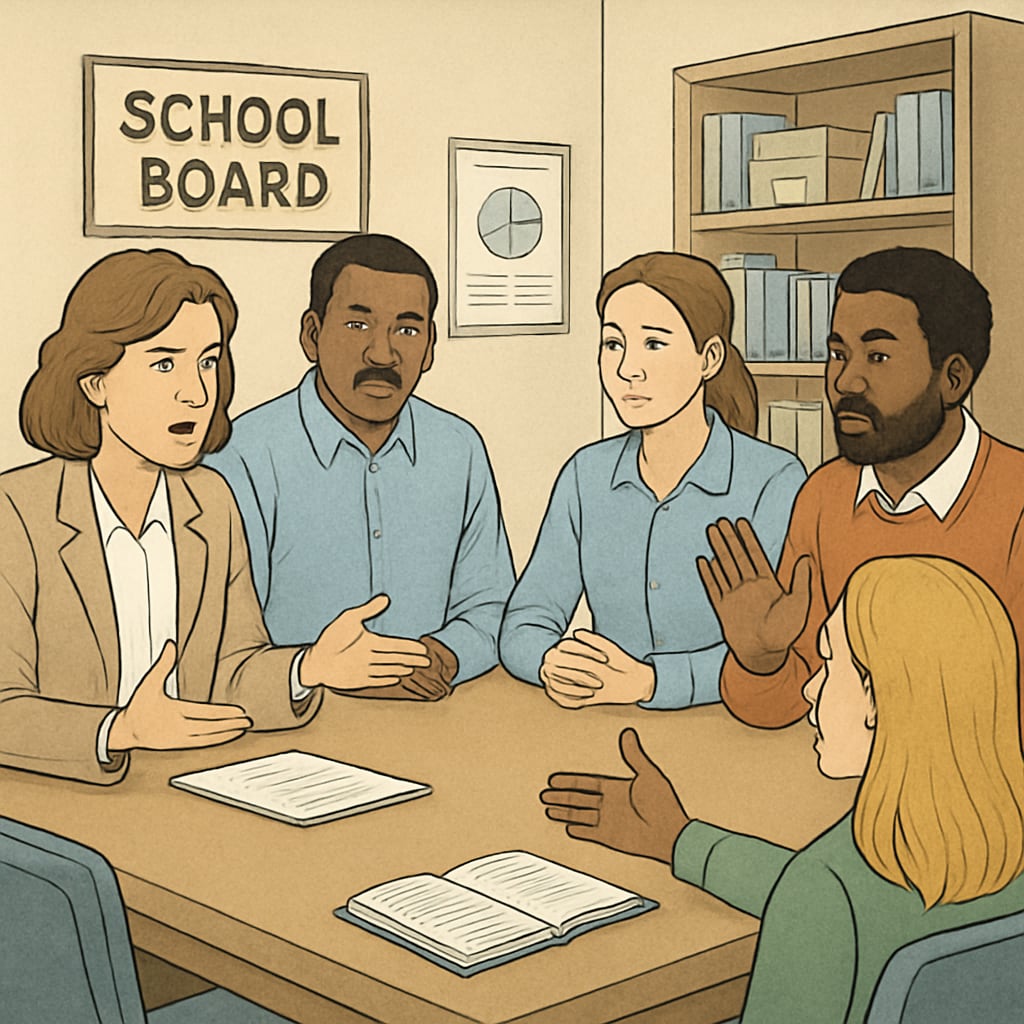When individuals with a history of child abuse are appointed to school boards, it raises significant concerns about the safety of children and the integrity of educational governance. Balancing the need to protect children with the principles of rehabilitation and fairness can be challenging for communities. This article explores the complexities of this issue and provides actionable strategies for communities to safeguard schools while advocating for justice and transparency.

Understanding the Risks of Child Abuse in School Governance
School boards play a pivotal role in shaping policies, allocating resources, and overseeing the quality of education. However, when individuals with a documented history of child abuse are placed in these positions, it poses a direct threat to the safety of students. Such appointments can undermine trust, create legal liabilities, and damage the reputation of educational institutions.
For example, research from Britannica’s overview on child abuse highlights the long-term psychological and emotional effects on victims. Allowing individuals with abusive histories to influence school policies can lead to an environment where these risks are not adequately addressed, leaving children vulnerable.
Community Responsibilities and Legal Frameworks
Communities have a responsibility to ensure that school environments are safe for every child. This begins with understanding the legal frameworks surrounding appointments to school boards. Many regions have laws that require background checks for individuals in educational roles, but these policies may not always extend to board members.
In such cases, community members can advocate for stricter regulations. For example:
- Petitioning local governments to implement mandatory background checks for all school board candidates.
- Organizing informational campaigns to educate voters on the importance of scrutinizing candidates’ histories.
- Collaborating with child advocacy organizations to push for policy reforms.

Taking Action: How Communities Can Respond
If a community discovers that a person with a history of child abuse has been appointed to a school board, immediate action is crucial. Here are steps communities can take:
- Raise Awareness: Host public meetings and use local media to inform the community about the situation.
- Engage Legal Counsel: Consult legal experts to determine if the appointment violates any existing laws or policies.
- Advocate for Removal: Mobilize community members to formally appeal for the removal of the individual through petitions or direct appeals to educational authorities.
- Strengthen Policies: Work with school administrators to draft and implement stricter criteria for board appointments.
By taking these steps, communities can create a united front to address the issue effectively. For more information on community-driven approaches to governance, visit Wikipedia’s Community Action page.
Preventive Measures for Long-term Safety
Prevention is always better than reaction. Communities can proactively protect children by implementing the following measures:
- Vetting Processes: Establish transparent procedures to evaluate candidates’ suitability for school board positions.
- Ongoing Education: Provide training for board members on child safety, abuse prevention, and ethical governance.
- Community Oversight: Form independent committees to monitor school board decisions and ensure accountability.
These preventive strategies not only safeguard children but also foster a culture of trust and transparency in the education system.
In conclusion, while the revelation of individuals with a history of child abuse on school boards is deeply concerning, it also presents an opportunity for communities to come together and reinforce their commitment to child safety and ethical governance. By taking immediate action and implementing long-term preventive measures, communities can ensure that schools remain safe environments for children to learn and thrive.


